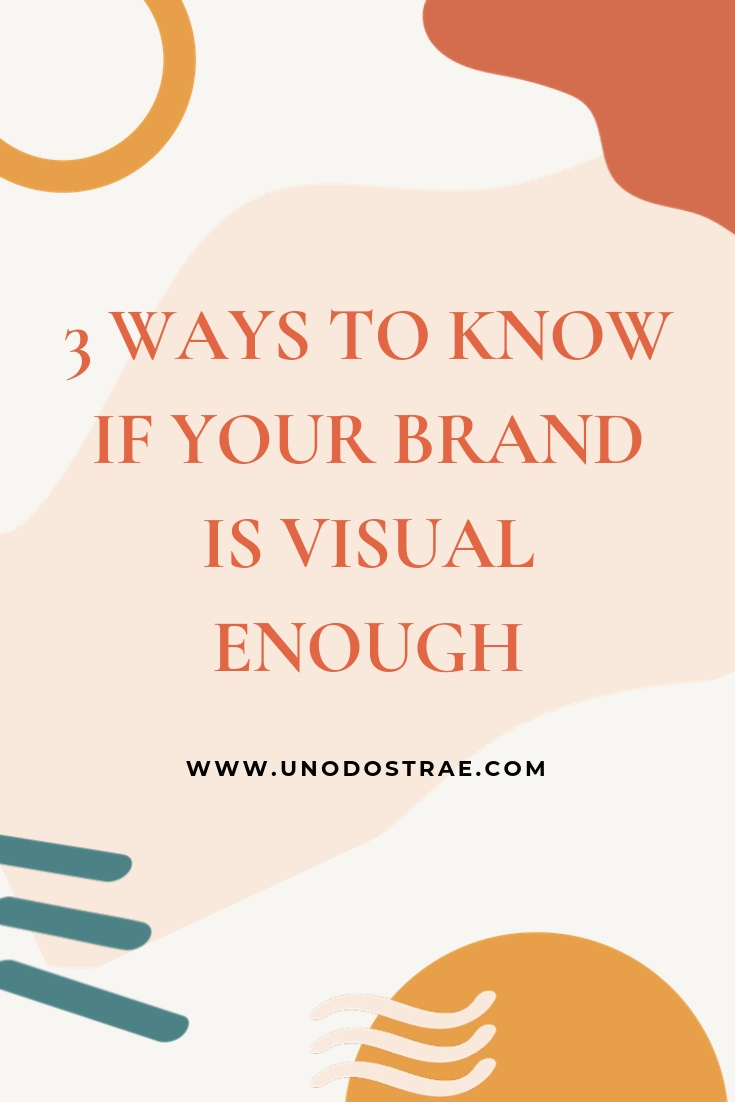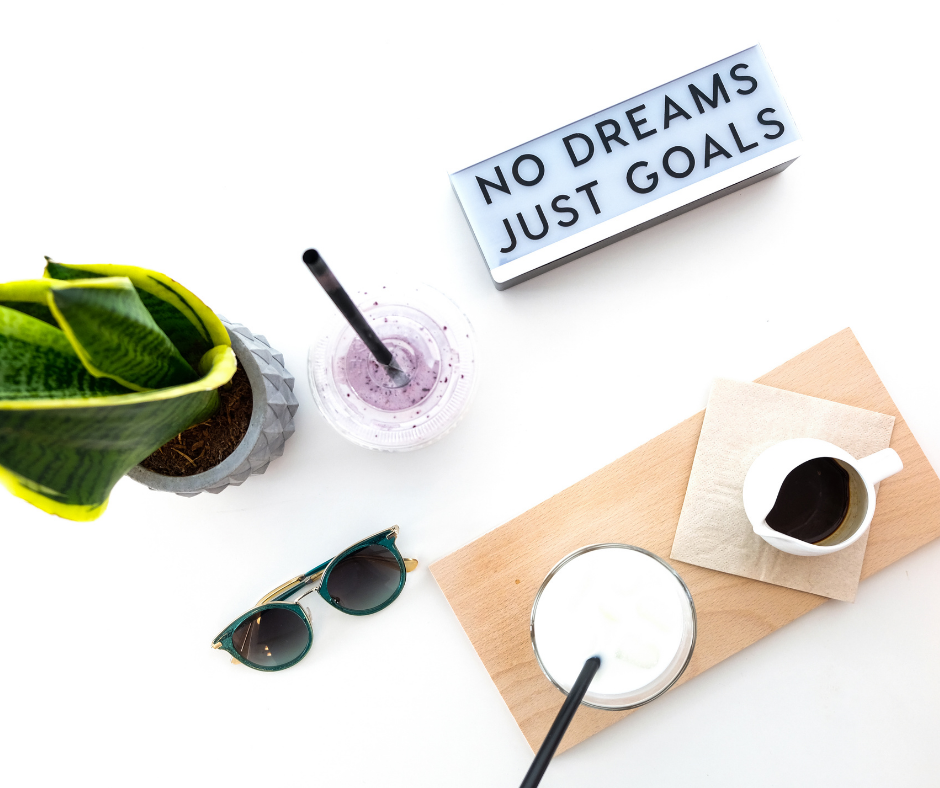Checking in on brand design examples can be a super helpful tool to know if your brand is visual enough.
Remember when you were a kid and the pictures in the book mattered more than the actual words?
Well, times haven’t changed that much. Or at least our behavior hasn’t, because pictures still reign supreme. This has more to do with our physiological make up than anyone’s distaste for reading though. It’s because our minds actually process things in images. In fact 30% of our brains are made up of neurons that are solely dedicated to processing visuals. For context, only 8% are made up of neurons devoted to touch and 3% devoted to hearing.
And get this: articles with images get 94% more views, and visual or interactive content actually increases buyers’ desire to buy. The data is there, folks.
So it’s no wonder why visuals are the most effective way to communicate. I know what you’re thinking: But what does it all meeeean, Tracy? Well, if you want to attract the right people to your business, you have to elevate your visual presence across the board.
After all, we’re visual beings. That’s why visuals matter.

Why You Need A Visual Brand Design
Having a visual brand is not just about making your brand look good or more “legit.” It’s about creating more opportunities to really connect with your audience and convince them your product or service is really the one they need.
It’s not enough to only write about what they can expect from you. You need to show them. Notable brand design examples like Faherty Brand, an lifestyle apparel company, do this really well. Instead of showcasing their product on good-looking models only, the brand lets you in on family moments and asks their customers for style input before releasing new product. This also makes it easier for people to relate to their product and the kind of business they are ultimately building.
That’s the beauty of visual marketing — if you have a clear message, you can use the power of imagery and design to elevate how you position your brand in the minds of your audience.
So now that you understand the benefits of having a visual brand, how can you tell if your brand is visual enough? Are you using visuals in a way that is helping your business? Are you paying attention to enough brand design examples to know if your aesthetic extends beneath the surface? Here are 3 ways to tell.
You Have A Strong Brand Foundation
In the early days of Instagram, it used to be enough to post a bunch of photos of your product in hopes that people would just get it. Now, you have to have the branding mindset that you are designing an entire world on your terms. Sure, you might have a great product…but people don’t buy products. They buy better versions of themselves. They buy the meaningful stories you share. And trust me when I say this — they buy because you are the one behind it all, infusing your style and perspective into your unique value.
Successful branding starts with a strong foundation that exists far beneath the surface of fancy fonts and clever logos. It’s about having clarity into who your ideal customer is. It’s about knowing what you stand for (and what you don’t). And it’s about understanding your white space (aka brand sweet spot). These are key pieces that, once you have in place, will influence how you visually communicate with your audience from the photos you choose to use to the colors you claim as your brand’s own.

Photo courtesy of Casper.
The brand Casper is a standout for brand design examples that do this really well. The company’s initial product was a mattress in a box, but they didn’t want to be a mattress company. They wanted to be a sleep company. This a super important distinction because this framework drives how they communicate their greater vision to their ideal customers. You’ll see their website and socials filled with lifestyle imagery of people taking the best snooze of their lives! This is compared to a company like Sleepys or 1-800-Mattress, true mattress companies that only feature their mattress products and nothing more.
I know how tempting it can be to only want to share the stuff you’re selling. But your visual presence can’t be defined by photos of your product or portfolio work alone. Bring the world of your brand to life and invite your audience to be a part of it. Your product then becomes a tangible piece they can have of this experience you’re building.
You Build Trust Around Your Brand
Think about the brands in your life. How many of them do you excitedly tell your friends about, look forward to their new product releases, and watch their IG stories regularly?
If you can name a few, then those brands have successfully converted you into a brand advocate.
Most people view companies as faceless corporations that are out to make money off them by telling them what they want to hear. As you can imagine, this is not a good place to be.
The difference between these faceless businesses and brands you adore is that the latter has earned your trust.
Trustworthy brands align their visual presence with their overall personality. They use compelling imagery that provides context for how their product or service belongs in your life. They post relatable, aspirational, or informative video content to establish multiple points of connection with their audience. And these are just some ways they are able to transform people from followers into paying customers.

Photo courtesy of Glossier.
Beauty brand Glossier does this really well. This brand design example’s brand statement is “Skincare & Beauty Products Inspired by Real Life” and they continually utilize smart visual marketing to make sure everyone knows this. One of their most effective efforts is the amount of social proof they sprinkle throughout their channels — from their paid ads to content features on their editorial site, Into The Gloss. But it’s not just a few testimonials here and there. The brand regularly features “real people” (aka their customers) trying out their products or sharing their personal beauty routines. Compared this with using aspirational models that may feel out of touch to us normal folks. Glossier has successfully humanized their product, made their brand relatable, and have turned followers into brand advocates as a result. Through the right visuals, they show us why we should care about them.
If you use imagery to help your audience visualize themselves using your product in their own lives, then chances are you are using the right visuals as an effective tool in your branding.
Your Visual Presence Is Recognizably Your Brand
It’s completely normal for us to personally have varied styles and be into a bunch of different aesthetics. In fact, it’s no wonder why most entrepreneurs suffer from shiny object syndrome when there are so many brands out there doing really cool things. But as tempting as it may be, if you want to build a profitable visual brand, it won’t come by following the masses.
Does that mean you have to reject all trends? Not necessarily. You can leverage trends, but don’t follow them completely or you won’t be memorable (also, when all those trends die out, what can then be said of your digital presence?).
Smart visual branding requires you to know the essence of your brand design, establish a strong visual identity around that, and then commit to consistency. Having style guidelines to follow can help inform what’s on-brand (and off-brand) for your company and produce a consistent aesthetic across every touchpoint of your business.
If you’ve never done a proper branding exercise before, you can grab my style sheet template and figure out preliminary guidelines for your brand by honing in on a more consistent aesthetic across the board (don’t worry, it’s free).
Let’s Recap
So, how can you really tell if your brand is visual enough?
If you have a strong brand foundation, are using your branding to build trust around your offering, and your visual presence is recognizably your brand, you’re in good shape.
Creating a visual brand experience for your business takes work. If you aren’t sure where to start, download my Brand Review Guide. It’s one of our most popular resources (and for good reason!). It will help you organize and identify the most impactful updates you can make in your branding. I recommend that you prioritize these updates first before you consider doing a full brand refresh or rebrand altogether. You’d be surprised by how far a few bridge updates can go if you know which ones to make.
Have other thoughts on visual branding? Don’t forget to leave a comment below.







